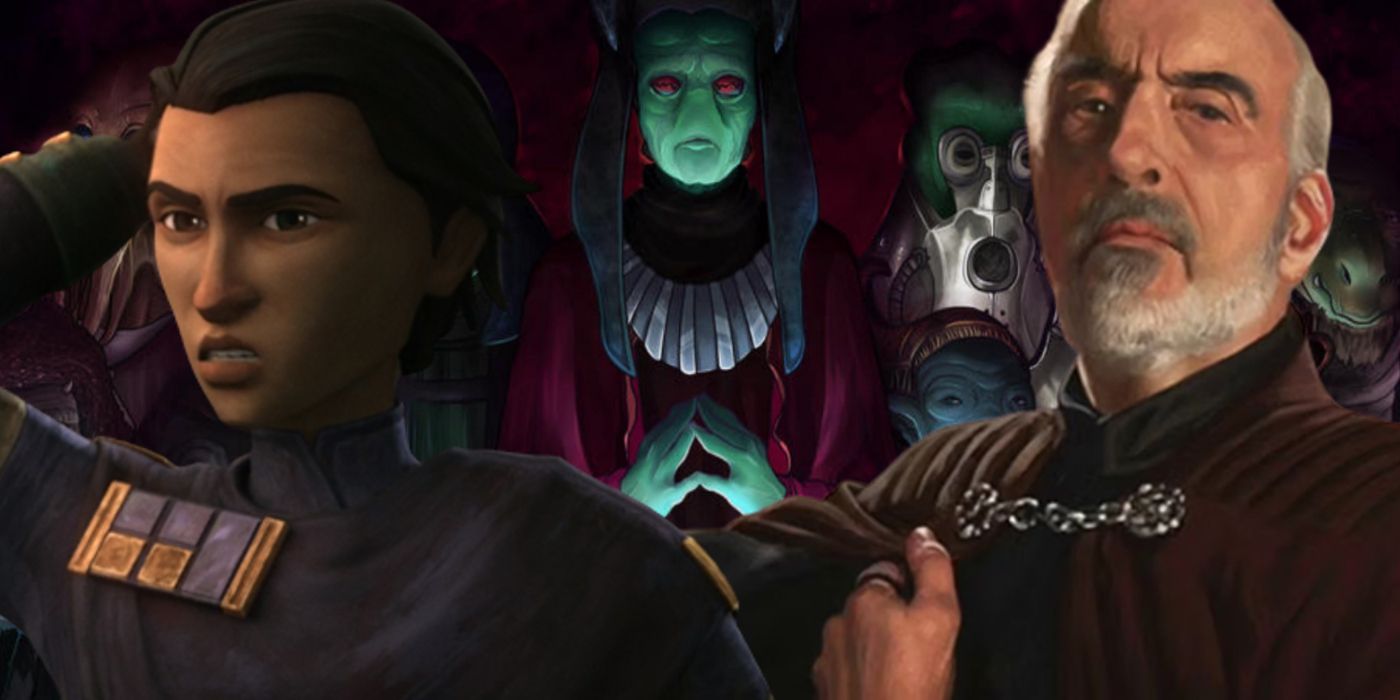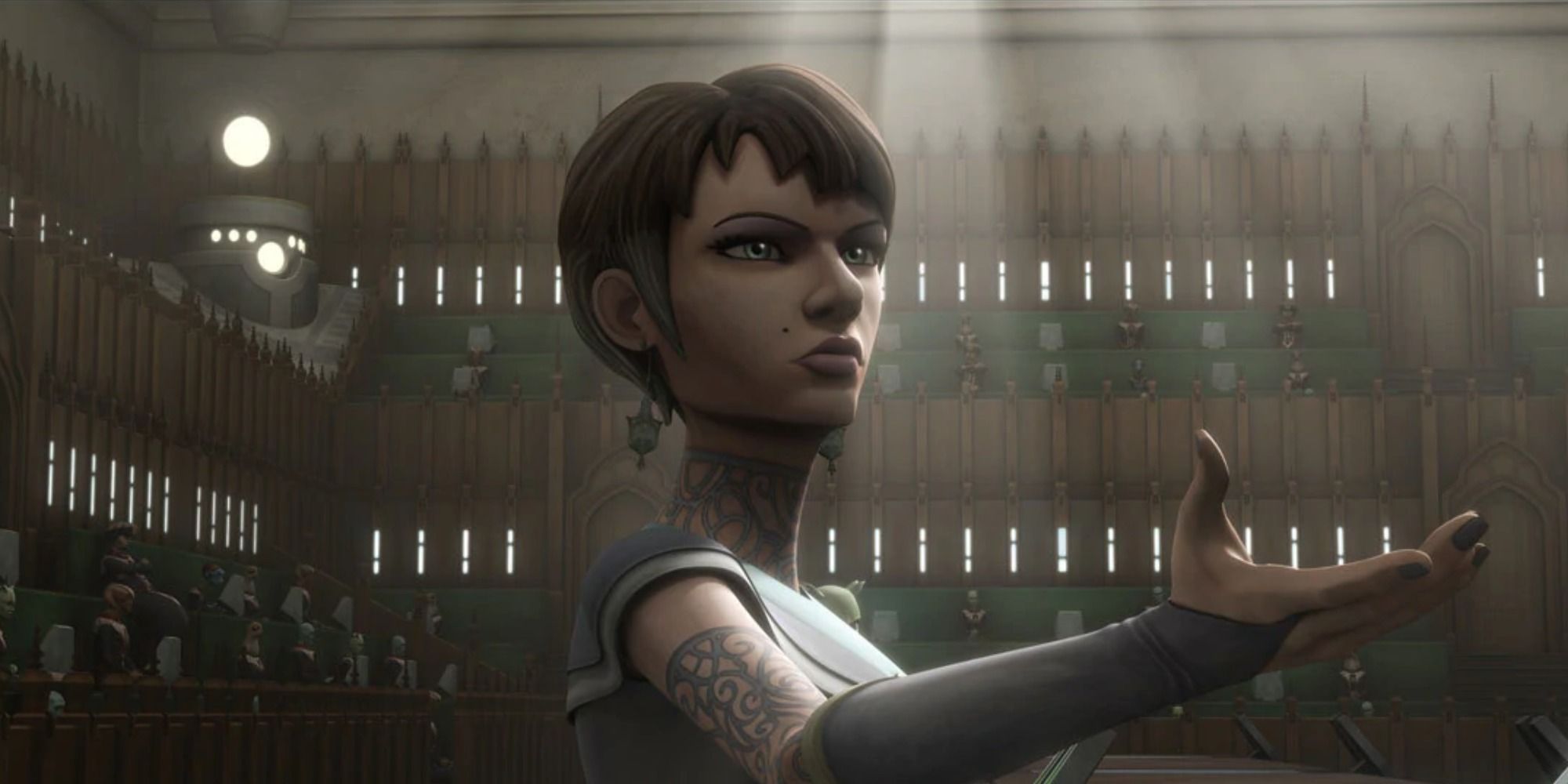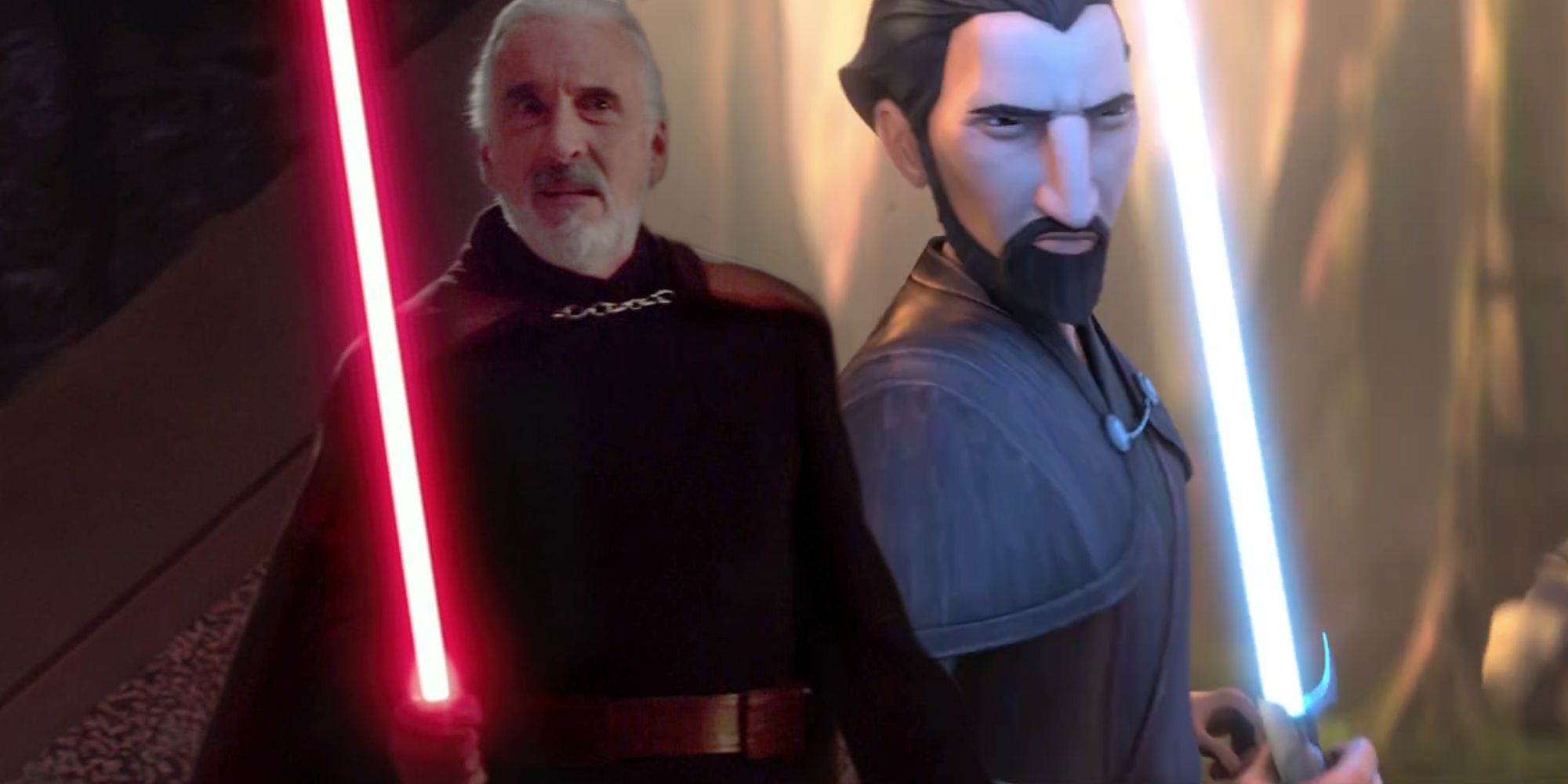Warning! This post contains SPOILERS for Star Wars: The Bad Batch season 2, episode 3Dave Filoni and the Lucasfilm Story Group have successfully achieved one of George Lucas' original goals for the Separatist faction, as recent Disney shows like Star Wars: Tales of the Jedi and Star Wars: The Bad Batch have exhibited. Although The Bad Batch season 2 was originally slated for release on September 28, 2022, the two-episode premier was pushed back to January 4, 2023. The previously announced release date would have seen The Bad Batch season 2 debut just a week after Andor and a little over a month before the first episode of Tales of the Jedi on October 26, 2022.
It's understandable that Disney decided to push back The Bad Batch season 2, as Lucasfilm's fall slate would have been extremely congested with three simultaneously running series. Outside of scheduling practicality, the decision to release The Bad Batch after Andor and Tales of the Jedi is logical from a story perspective, as well. This prudent choice from Disney to hold off on The Bad Batch until the turn of the year aligned with their continually unified vision in recent Star Wars properties, and has pivotally allowed the franchise to accomplish one of George Lucas' goals for the Separatists.
Disney Star Wars Shows Have Humanized The Separatists
Lucas began his more humanized depiction of the Separatists in Star Wars: The Clone Wars. Just as Disney has taken strides to humanize villains in live-action Star Wars shows, Lucas, Filoni, and the collective members of Lucasfilm's writers' room have managed to weave a more layered characterization of the Separatist cause across Star Wars animation. This more nuanced portrayal began in episodes of The Clone Wars like season 3, episode 10, "Heroes on Both Sides" where Separatist figures like Mina and Lux Bonteri were provided meaningful backstories and motivations that elevated them as fully realized characters rather than shallow, one-dimensional villains.
This continually developed depiction has flourished in The Bad Batch with characters like Tawni Ames. Not only does Ames mention Bonteri by name, but she also references Count Dooku's foresight that the Republic's corruption was fermenting into something far more sinister, the Empire. Although Dooku falls to the dark side, he recognized the flawed system that governed the galaxy, and it's no surprise that thousands of other solar systems flocked to his Separatist cause. The Bad Batch has added further dimension Separatist characters like Ames through physical expression with the removal of her helmet, but the show has also psychologically validated her viewpoint that the Empire holds no jurisdiction over Desix.
Disney Star Wars Shows Have A More Unified Vision Than The Movies
Disney has worked to ensure their animated Star Wars stories share a unified vision on the Separatist subject. Given the Bonteris' characterization in The Clone Wars, Dooku's arc in Tales of the Jedi, and Ames' stance in The Bad Batch, Disney's Star Wars animation has achieved George Lucas' goal with Separatists, to paint them as compelling, multi-faceted, and thoughtful individuals. The holistic and consistent messaging conveyed throughout Star Wars animation is one of its greatest strengths, but the same can't be said for recent Star Wars movies, with the lack of planning in the sequel trilogy being one of its greatest problems.
Perhaps the most captivating aspect of Star Wars: The Bad Batch season 2 so far has been the expertly captured balance in tone. The first two episodes were a welcome reintroduction to the more whimsical side of Star Wars post-Andor, but they remained thematically strong. By humanizing the Separatists, Disney has in turn matured the characterization of the clones. Tech's realization in episode 2 that the residents of Serenno were more than just simple-minded Separatists was much-needed character growth. Further, Commander Cody's treatment of Ames in episode 3 suggests that he no longer sees the Separatists as outright enemies, but as even-keeled people, and even fellow leaders.



